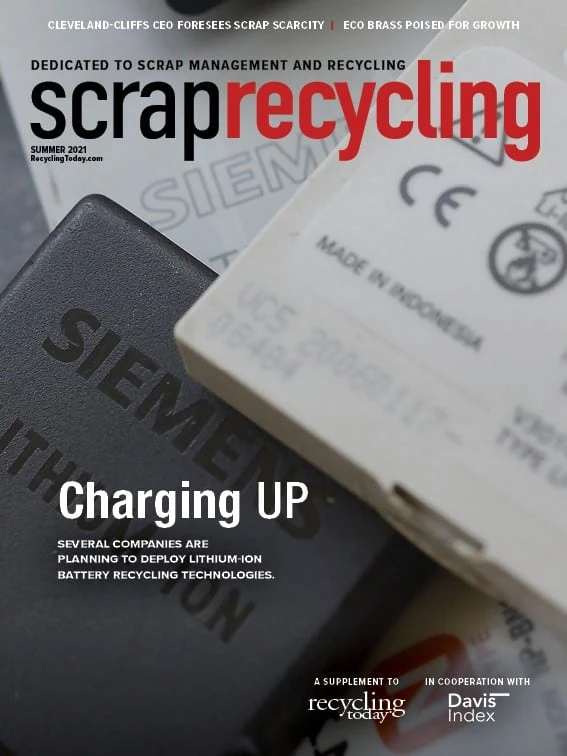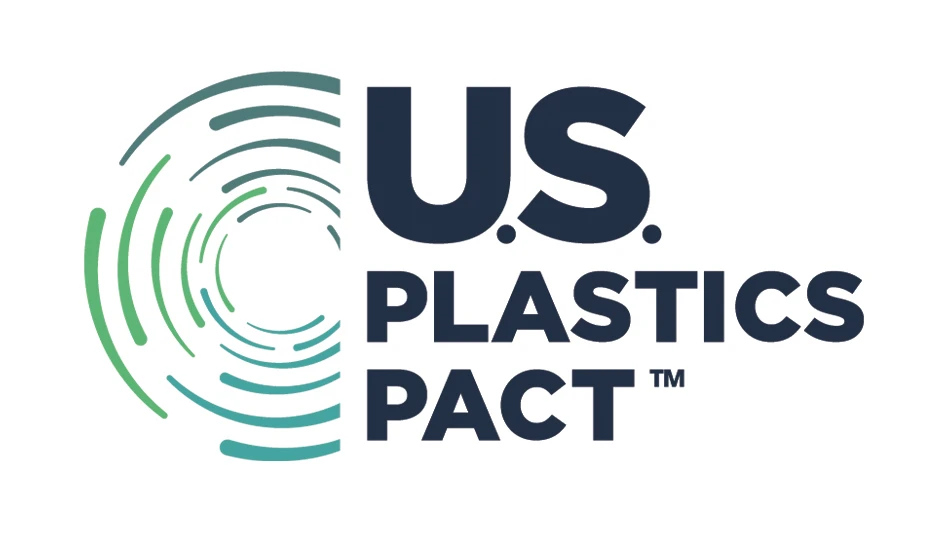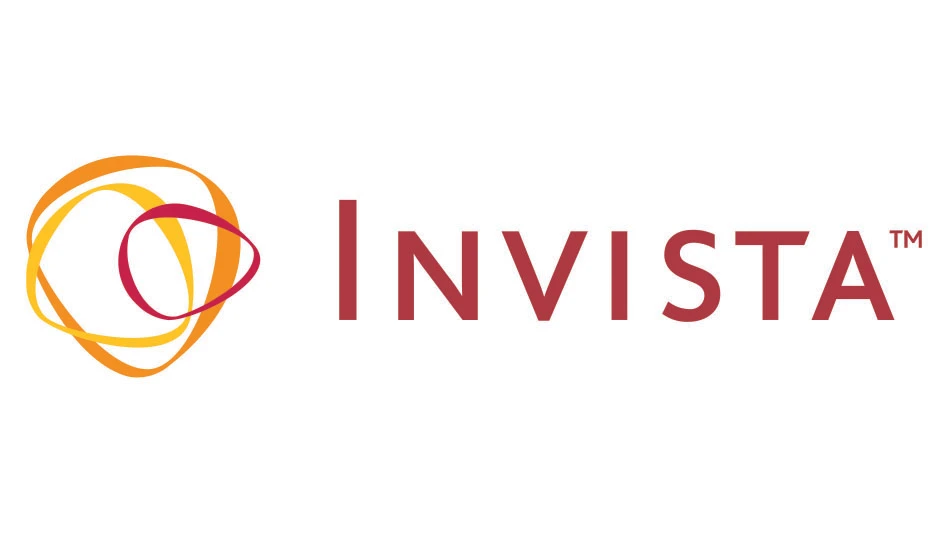
© Tina / stock.adobe.com

The sometimes-uncomfortable intersection of shredder operations, related air emissions and environmental justice (EJ) regulations is not new. But this issue is receiving significant new scrutiny from federal, state and local environmental regulators, as well as from neighborhood activists and environmental groups.
Operators of recycling facilities that shred automobiles and other metal goods need to be aware of these developments, the underlying legal framework and the shifting political climate. These factors have a very real potential to critically affect facility construction and operation and could lead to facility modifications.
Focusing on environmental justice
The drumbeat is unmistakable. Less than a week after taking office, President Biden issued a multifaceted executive order to the U.S. Environmental Protection Agency (EPA) and a host of federal agencies “to secure environmental justice and equitable economic opportunity.” At the Institute of Scrap Recycling Industries’ (ISRI’s) Convention & Exposition, ISRI2021, an online event hosted April 20-22 and April 27-29, the director of the EPA’s Office of Environmental Justice urged scrap processors to proactively engage with local communities, leadership and activist groups before complaints are made or permit applications for construction or expansion are filed.
In a May 7 letter, newly appointed EPA Administrator Michael Regan requested that the city of Chicago’s Department of Public Health suspend its review of an application to expand a scrap recycling facility on the city’s southeast side and complete an environmental justice analysis of the aggregate potential health impacts on local residents. The mayor of Chicago agreed to the request that same day. (Editor’s Note: The Chicago-based recycling facility, Southside Recycling, has filed a federal lawsuit in response to the EPA’s and city’s actions as of May 17.)
Outside the federal government, community and environmental activist groups increasingly cite EJ concerns to oppose air permit applications, pressure EPA to object to state-issued Clean Air Act (CAA) permits and raise other environmental permit, compliance or exposure issues. This push to highlight equity concerns in the air permitting process increases pressure for tougher air emission controls on industrial facilities or for permit application denial altogether.
Even before this heightened focus on EJ, EPA brought several high-profile enforcement actions against shredder operators under the federal CAA. The EJ issue further encourages or pressures federal, state and local regulators to take enforcement action against facilities located within EJ communities for claimed noncompliance with emission permits or other air-related requirements.
Air permitting and EJ basics
Shredding automobiles and other metal goods can create very fine particles of dirt and dust called particulate matter (PM) that can become airborne. Various health studies have concluded that under certain concentration and exposure scenarios, airborne PM can cause respiratory and other health issues. Depending on the feedstock, emissions also can include volatile organic compounds (VOCs), which are a precursor to ground-level ozone that’s also known as smog, and substances designated by the federal or state environmental laws as “hazardous air pollutants” or similar nomenclature.
EPA and state and local environmental regulators administer a variety of programs that can apply to shredder emissions. Historically, the most prominent of these programs has been EPA’s New Source Review (NSR) air permitting program and its state and local counterparts.
The NSR program is intended to require larger emission sources to receive an air permit before construction. Among other things, the permit program sets criteria for emission controls, which can include capture and control equipment, operating standards and production limits. The strictness of the control criteria depends on whether the facility is in an area where air quality does not attain federal standards (i.e., a nonattainment area).
Beyond NSR, many state and local agencies also have adopted permitting programs for smaller sources.
As for the permitting process, the NSR program and state and local programs for smaller sources require public notice and opportunity for comment and/or a public hearing. EJ only adds to the complexity.
As many Recycling Today readers know, EJ (aka environmental equity) focuses on avoiding disproportionate environmental impacts on communities historically disadvantaged because of race, ethnicity, income or another basis.
If the facility is in an EJ community, an air permitting process could require additional community outreach and public hearings and expansive (as well as time-consuming and costly) environmental impact and/or EJ analyses.
Those operating medium to large recycling facilities, especially those with shredders, need to understand how their operations are treated or will be overseen under air permitting programs and how the reinvigorated EJ movement might impact their facilities and operations. Perhaps even more crucial is understanding what actions could trigger additional reviews and requirements under air permitting programs and, thus, in some cases, EJ laws.
Questions to consider
Some common questions around emissions and environmental justice follow.
My shredder has operated for years with no permit for air emissions or other CAA oversight. Do I have potential exposure?
The NSR program is tricky. Contrary to what many expect, the program’s applicability does not focus on a facility’s actual emissions but rather on its “potential to emit” (PTE). PTE has a very conservative definition: Generally, EPA claims that PTE means the maximum capacity of a stationary source—i.e., the shredder and possibly associated emission units at the facility—to emit under its physical and operational design, limited only by any legal limits enforceable by the environmental agency.
So, absent any such enforceable limits, as a practical matter, PTE typically means the emissions that, subject to credible operating constraints, would occur if the source were operated at its maximum level around the clock, 365 days a year, regardless of actual operational history or future plans.
Another concern is that despite the “New” Source Review title, NSR also applies to existing sources that propose to undertake modifications that would result in an increase or net increase to the source’s PTE beyond certain thresholds. Modification is defined relatively broadly to include physical changes or changes in the method of operation. The same conservative definition of PTE applies. In addition, complex emissions accounting rules apply in determining the net emissions increase.
Over the last several years, EPA steadily has increased its review of shredder operations across the country. That scrutiny has included assessing the PTE of the shredder or modifications to the shredder to see if an NSR permitting obligation was missed. With the use of new monitoring technology and more air emissions data from previously investigated shredders, EPA successfully has imposed significant penalties on facilities that should have been permitted, but were not, and extracted facility and process improvements that have cost facilities millions of dollars.
Lastly, beyond NSR, recall that state or local permitting programs often extend to lower-emission sources and modifications as well. As with NSR, the triggers for such programs typically are based on PTE.
To avoid dealing with the CAA, I’m running my shredder only a few days a week. I don’t need a permit, right?
Think again. As noted above, for the most part, a facility’s actual operations are not what matters for NSR permitting applicability. Unless a restriction is part of the source’s physical or operational design or is already a legally enforceable requirement as referenced in the PTE definition, the restriction will not be considered a limit on the PTE assumption of operating 24/7, 365 days a year at maximum capacity. Thus, even with the best of intentions, it is possible to trigger NSR permitting requirements for a shredder that actually operates only a few days or even hours a week.
I know that a planned modification to my shredder will require a permit modification. But my neighbors have never complained about my facility or its air emissions. Why should I be concerned about EJ?
Even if your relationship with your neighbors has been a nonfactor or even a positive factor in the past, any opportunity for public comment or participation in the permitting process for the modification can invite opposition. This is especially true in the current social justice-focused environment, with the new EPA administration targeting resources to identify and address disproportionate environmental impacts on low-income neighborhoods and communities of color. Facilities with shredders are likely to see an increase in EJ claims being raised as part of the public review process for new, modified and renewed air permits. Such claims could come from third parties, the permitting authority itself or, as in the case of the Chicago facility noted above, the EPA in its oversight role.
How such claims and concerns will be handled in the permitting process is uncertain. In some instances, a third party or the permitting authority might seek to obtain an offsetting environmental project or fund. In other instances, EJ claims could require public and/or adversarial hearings, increased legal and consultant costs and months of additional delays as studies are conducted and reviewed. Any of these can bring increased risk that the permit sought will be stricter, appealed by opponents (thus creating more delay, cost and risk) or, in the worst case, denied.
If the facility must engage in the air permitting process, before starting that process, it is critical to determine whether the facility is or could be located in an EJ community. Several states already have well-established EJ programs that include definitions of such communities. These states include California, Connecticut, Illinois, Massachusetts, Minnesota, New Jersey and Washington. While definitions vary by jurisdiction, most programs use factors such as race, income, English language proficiency and/or disproportionate impact from environmental pollution or other health hazards to define the protected communities. EPA’s and most states’ EJ programs also have readily available environmental justice screening tools and maps.
Notably, New Jersey’s EJ law, enacted in 2020, not only specifically calls out scrap metal facilities but also specifically applies to modifications or renewals of air permits for such facilities. The law is also the first in the country to expressly require denial of a permit if the EJ evaluation is unsatisfactory. The state environmental agency is charged with adopting regulations to implement these requirements. Several states reportedly are looking to New Jersey as a framework to create more robust EJ laws.
Complicated and cumbersome
Air permitting always has been a complicated and cumbersome process that can bring lengthy permitting battles or significant enforcement actions. With an increased focus on EJ, air permitting for recycling facilities in general, and especially those with shredders, will only become a more important process for which a facility must prepare and handle appropriately from the outset.

Explore the Summer 2021 Scrap Recycling Issue
Check out more from this issue and find your next story to read.
Latest from Recycling Today
- NRC seeks speakers for October event
- LME identifies Hong Kong warehouses
- Greenville, Mississippi, launches aluminum can recycling program
- Cotton Lives On kicks off 2025 recycling activities
- Georgia-Pacific names president of corrugated business
- Sev.en Global Investments completes acquisitions of Celsa Steel UK, Celsa Nordic
- Wisconsin Aluminum Foundry is a finalist for US manufacturing leadership award
- MetalX announces leadership appointments





